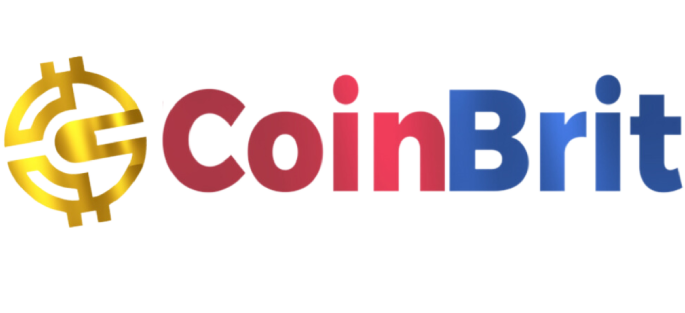In the rapidly evolving world of Ethereum scaling solutions, Layer 2s (L2s) have become critical for enabling faster, cheaper, and more scalable blockchain interactions. Among the leading contenders in 2025 are Base, Optimism, and zkSync, each offering unique approaches and rapidly developing ecosystems. As Ethereum continues to deal with congestion and high gas fees, these L2s are not just technical upgrades but are becoming self-sustaining ecosystems shaping the future of decentralized finance (DeFi), NFTs, and on-chain applications.
1. The Layer 2 Landscape in 2025
Ethereum Layer 2s are secondary frameworks or protocols built on top of Ethereum’s mainnet. They inherit Ethereum’s security while offering enhanced performance and lower transaction fees. As of mid-2025, L2s process more than 60% of all Ethereum transactions.
Base, developed by Coinbase, has seen rapid adoption due to strong institutional backing, seamless integration with Coinbase’s existing services, and ease of onboarding for both developers and users.
Optimism, one of the early pioneers of optimistic rollups, continues to lead in terms of total value locked (TVL) and community-driven governance. Its innovative OP Stack is gaining traction as a modular and scalable infrastructure.

Layer 2
zkSync, a ZK-rollup-based L2 from Matter Labs, is championing zero-knowledge technology for scalability and privacy. With its zkSync Era mainnet gaining significant traction, it stands out for offering native account abstraction and low-cost transactions.
Understanding the underlying technology is crucial to comparing these platforms:
- Optimism and Base both utilize Optimistic Rollups, where transactions are assumed valid and can be challenged within a time window. Optimism’s open-source OP Stack allows any developer to launch their own L2 (e.g., Base is built using OP Stack).
- zkSync uses ZK-Rollups, where transactions are proven using zero-knowledge proofs before being submitted to Ethereum. This results in faster finality and better security, but has historically been harder to develop for.
In 2025, zkSync has made significant strides in developer tools, reducing the entry barrier. Optimism and Base continue to benefit from easier composability and Ethereum Virtual Machine (EVM) compatibility, while zkSync now supports a zkEVM, bridging the usability gap.
Base:
- Leveraging Coinbase’s user base and marketing power, Base has rapidly onboarded retail users.
- Notable dApps like Friend.tech and BasePaint have exploded in popularity.
- Heavy investment from Coinbase Ventures is drawing in projects and liquidity.
Optimism:
- Home to major DeFi players like Synthetix, Velodrome, and Aave.
- The Optimism Collective is a unique governance model that shares revenue with builders.
- The Superchain vision is positioning Optimism as a central coordination hub among multiple chains using OP Stack.
zkSync:
- Attracts privacy-focused and technically advanced projects.
- zkSync Era has launched a native Layer 3 (zkPorter), allowing ultra-cheap transactions.
- Incentivized ecosystem programs and developer grants are driving growth, albeit slower than Base and Optimism.
While Optimism has its native token OP, used for governance and future fee-sharing mechanisms, zkSync launched ZK token in early 2025 with a focus on decentralized governance.

Layer 2
Base, interestingly, has no native token (yet). This decision has created both advantages (reduced speculation) and limitations (fewer ecosystem incentives). However, the potential for a future airdrop remains a key motivator for users and developers.
Incentives across all platforms include:
- Developer grants
- Liquidity mining programs
- On-chain quests and user engagement campaigns
Despite the momentum, challenges persist:
- Security: While ZK rollups offer superior theoretical security, they remain complex to audit and understand. Optimistic rollups rely on proper functioning of fraud proofs.
- Fragmentation: As each L2 grows independently, users face bridging issues and liquidity silos.
- UX barriers: Wallet integration, bridging, and token transfers are still confusing for mainstream users.
Outlook:
- Base is likely to dominate retail onboarding due to Coinbase’s trusted brand.
- Optimism’s Superchain approach could make it the backbone of a multi-chain L2 world.
- zkSync might lead in the long run if ZK technology continues to mature and scale effectively.
Conclusion
The L2 wars are no longer just about scalability—they’re about ecosystem strength, user experience, governance, and long-term vision. While Optimism leads in TVL and Base dominates user acquisition, zkSync remains the most innovative on the technological front. In 2025, the Ethereum ecosystem is no longer a single chain but a vibrant, multi-layered environment—and the race to be the top Layer 2 is far from over. The ultimate winner may not be the one with the best tech, but the one that balances scalability, usability, and community ownership most effectively.


